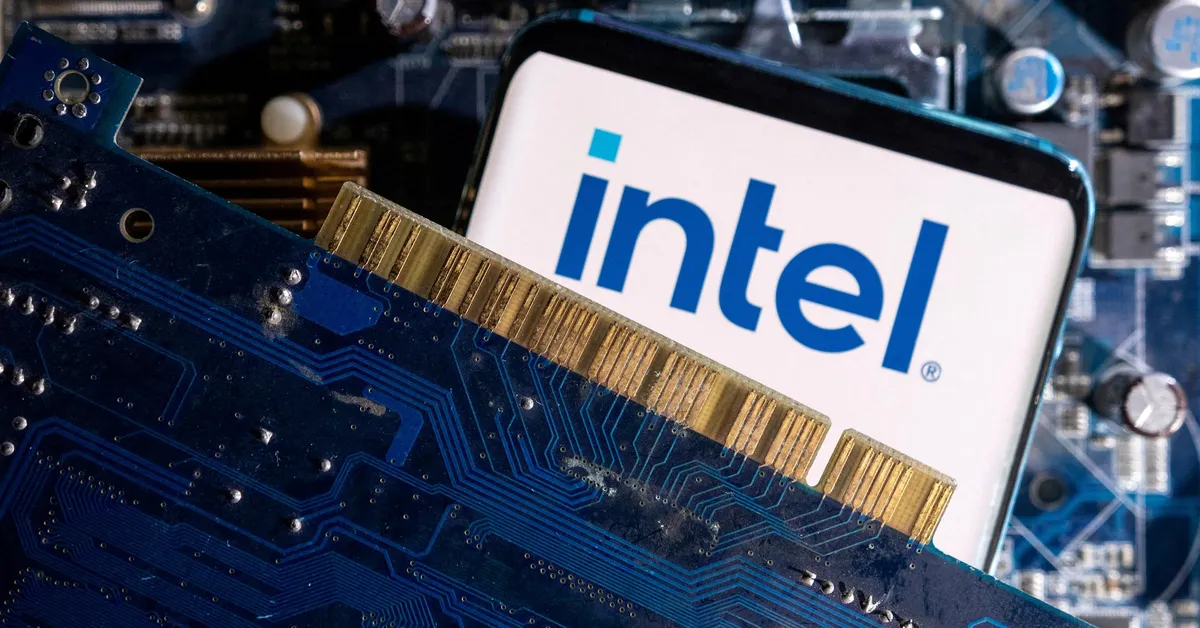
The recent job cuts at Intel, a significant portion of which have already been executed, are part of a comprehensive strategy initiated by CEO Pat Gelsinger since he took leadership in March. His primary focus has been to revitalize the iconic U.S. chipmaker, which has faced numerous challenges in the competitive semiconductor industry. As part of this transformation, Intel has divested non-core businesses, implemented workforce layoffs, and reallocated resources to ensure better operational efficiency.
In a memo to employees, Tan emphasized his commitment to steering Intel away from what he perceives as past missteps. "There are no more blank checks," he stated, highlighting the company's new approach where every investment must yield economic benefits. He further stressed the importance of meeting customer demands promptly and rebuilding trust through consistent execution.
Despite these strategic changes, Intel's stock fell by 4.5% during extended trading hours following the announcement of anticipated larger-than-expected losses for the third quarter. Analysts noted that the company is projecting a loss of 24 cents per share, exceeding Wall Street's estimate of 18 cents. However, Intel's revenue forecast for the September quarter is estimated between $12.6 billion and $13.6 billion, with a midpoint that surpasses analyst predictions.
During a recent conference call with analysts, Tan expressed his skepticism regarding Intel's 18A manufacturing process, a technology heavily invested in by his predecessor. He indicated that this manufacturing process might only prove profitable if utilized for Intel's own products, leading to speculation that the company may reconsider offering this technology to external clients.
In an effort to streamline operations, Intel has adopted a "surgical" approach to its job cuts. According to finance chief David Zinsner, the company has eliminated approximately 50% of its middle management layers. Intel's workforce will be reduced by 15%, down from 96,400 employees reported at the end of June, with plans to further decrease headcount to 75,000 by year-end—a reduction of 22% from 2024 levels. This downsizing will occur through attrition and other means.
Industry analysts, including Ben Bajarin, CEO of Creative Strategies, have noted that this shift towards fiscal discipline is a strategic move for Intel. Tan's memo also reflects a change in Intel's manufacturing strategy, focusing on building new factories only when there is clear demand for its chips. This marks a significant departure from the past practice of preemptively constructing facilities in the U.S. and globally.
As Intel aims to advance its 18A technology to high volume, Tan has indicated that the company will adopt a careful approach to investments in the next-generation 14A manufacturing process. In its quarterly securities filing, Intel warned that without a significant external customer for 14A, it might have to exit the chip manufacturing sector altogether. Additionally, Tan announced plans to slow down construction on new factories in Ohio and to halt planned facilities in Poland and Germany. The company will also consolidate chip packaging operations in Costa Rica with existing operations in Vietnam and Malaysia.
Tan's philosophy, "I do not subscribe to the belief that if you build it, they will come," underscores his commitment to a more strategic and measured approach in decision-making. He has also committed to personally reviewing and approving all major chip designs moving forward.
Intel's financial outlook reflects broader economic challenges. The company expects its third-quarter revenue to be between $12.6 billion and $13.6 billion, which is a slight improvement over previous estimates. However, customers have shown reluctance in making spending commitments due to ongoing macroeconomic uncertainties. This has resulted in clients pulling forward shipments into the first half of the year amidst trade concerns.
In the second quarter, Intel reported flat revenue of $12.9 billion, breaking a four-quarter streak of declines and beating expectations. However, restructuring costs related to job cuts amounted to $1.9 billion, leading to adjusted losses of 10 cents per share, compared to analysts’ expectations of a profit. The unadjusted loss for the quarter was 67 cents per share, significantly worse than the anticipated 26-cent loss.
As Intel navigates these turbulent times, the company's dedication to restructuring and strategic realignment may prove pivotal in regaining its foothold in the competitive semiconductor landscape.